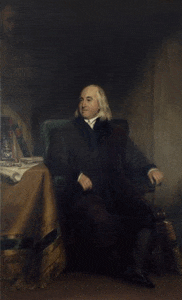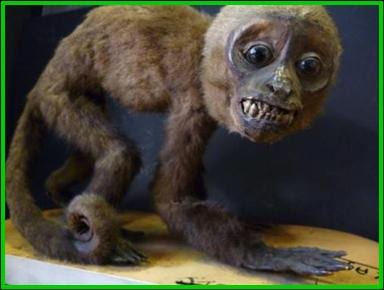 ‘The Twelve’
‘The Twelve’
The collection of specimens, known since 1997 as the Grant Museum of Zoology, was started in 1827 by Robert E. Grant. Grant was the first professor of zoology at UCL when it opened, then called the University of London, and he stayed in post until his death in 1874. The collections have seen a total of 13 academics in the lineage of collections care throughout the 187 year history of the Grant Museum, from Robert E. Grant himself, through to our current Curator Mark Carnall. In 1948, the role of chair and collections care evolved into separate lineages. The chair of zoology remained as such, but a role more dedicated to the care of the natural history specimens emerged as the first professional curator was employed, a title that was passed down through to the current post in charge of collections care. Both Grant and many of his successors have expanded the collections according to their own interests, which makes for a fascinating historical account of the development of the Museums’ collections.
However, although the Museum now adheres to strict policies regarding our specimens, ‘back in the day’ the rules regarding such things as paperwork were a little more… lax. As such, although many specimens have been added by eminent academics such as Robert E. Grant, E. Ray Lankester, W. F. R. Weldon and D. M. S Watson (after who UCL’s science library is named), in many cases we simply don’t know which specimens they are. On one hand it is highly frustrating, but on the other hand, it makes it thrice as exciting when we come across one that can be directly attributed to one of the earlier members of ‘The Thirteen’.
Over the next 13 weeks, this blog series will give a brief introduction to each of the 13 curators in the history of the Grant Museum. Each week a different curator will be looked at, in chronological order, and illustrated (where possible) with some of the specimens that can be traced back to each of them in the collections. So, let us start at the beginning with the big man himself…
(more…)
 Close
Close





